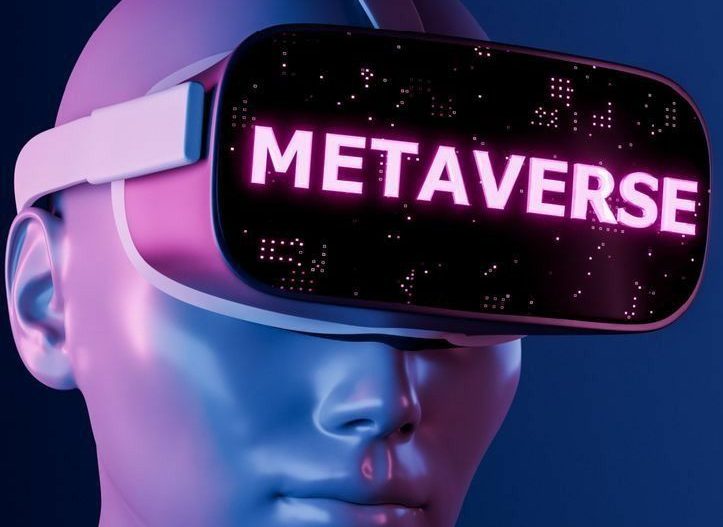Meet Cathy Hackl, a global business executive and tech futurist whose influence reverberates across industries. On the 14th of May, her newest book Spatial Computing and the AI-Driven Business Revolution, co-authored with Irena Cronin, was released. The reading experience promises invaluable insights into navigating the ever-evolving landscape of technology and virtuality. Renowned for her expertise in Spatial Computing, Cathy advises esteemed companies, brands, cities and governments on transformative journeys into the virtual realm through her company, Spatial Dynamics.
hube: What initially sparked your interest in immersive technologies, and how have you seen the industry evolve since then?
Cathy Hackl: I’ve been in the industry for almost a decade now, so it’s been a while. I come from a broadcast journalism background, so being on TV both in front of the camera and behind the camera, I was already working with technology at that point. I went to an event, put an AVR headset on and it instantly felt like I had just seen the future of storytelling. I saw that this was like a new medium, a new way for us to tell stories, I was very attracted to it and to how powerful it could become. I realised that this was what I wanted to do for the rest of my life.
It was the early days of the VR industry, so it was hard for a woman to cut through the noise. I started learning as much as I could, developing my technical skills and eventually working for bigger companies in that field.
h: A decade is quite a long period. Would you say a lot has changed since then?
CH: My first job in VR was at Future Lighthouse, a cinematic VR studio that worked with everyone from Robert Englund to Rupert Grint. We worked with a whole bunch of different artists in creating virtual reality content. It was a time when we were all learning as we go. Since then, it’s been an evolution of content and a definite evolution in hardware and a lot more people in the industry and a lot more women, which is positive from my perspective. When I got in, it was like the first developer kits for Oculus, and now the tech is so different. If you go from that first version to Metaquest 3 now, it feels like it’s been ages. Or the transition from Magic Leap to Apple Vision Pro. From a content perspective, there’s a lot more of it now than there was before. In the beginning, it was very experimental, which was beautiful in some ways – there were a lot of dreamers.
h: Could you break down the concept of Spatial Computing and shed light on how it’s changing the digital landscape?
CH: People are making Spatial Computing more complicated than it is. They’re trying to use words interchangeably – to say that mixed reality or metaverse in Spatial Computing are the same thing. They’re not. People need to take a step back and understand that what we’re talking about here is a new way of computing – just like the Internet and our mobile phones are not the same thing, the Metaverse and Spatial Computing are not the same thing. When we’re talking about Spatial Computing, we’re talking about a new field of technology. It’s an evolving 3D-centric form of computing that, at its core, uses AI, computer vision, and yes, mixed reality, as well as other technologies to bring virtual experiences into someone’s understanding of the physical world in a new advanced way.
Spatial Computing has four components – hardware, software, connectivity and data. Just like mobile computing, it is not one single device, and it is not one single technology. Think about it this way: computers used to be these gigantic things that had to be stored at specialised offices, and now we can bring them to our homes and put them on our desks. Then you have personal computing and mobile computing, which brought the devices in our hands or computers that we could take on the go. What you see with Spatial Computing is a new iteration, a new form of computing that expands computing into everything you can see, touch and know. And what I mean by that is that you’re starting to access that data layer that we normally see through our phones through hardware. But you will see it right in front of you, bringing it into a physical space.


